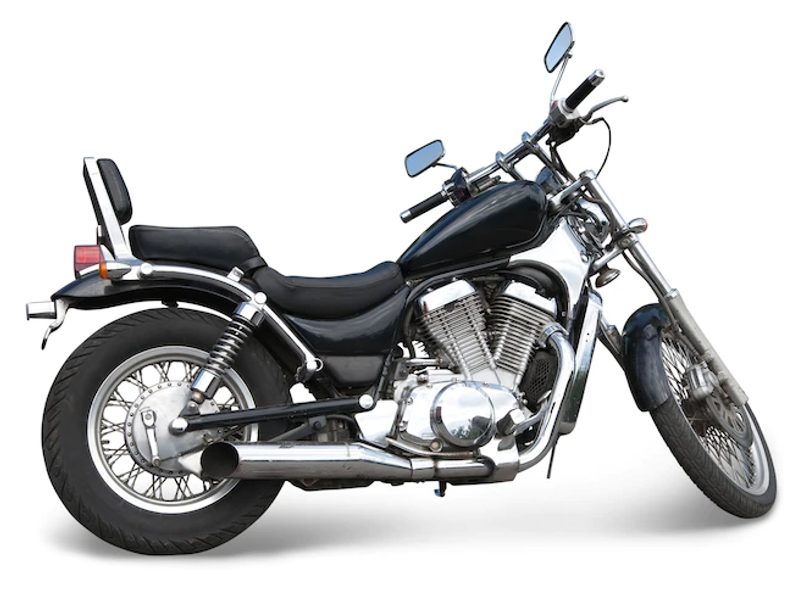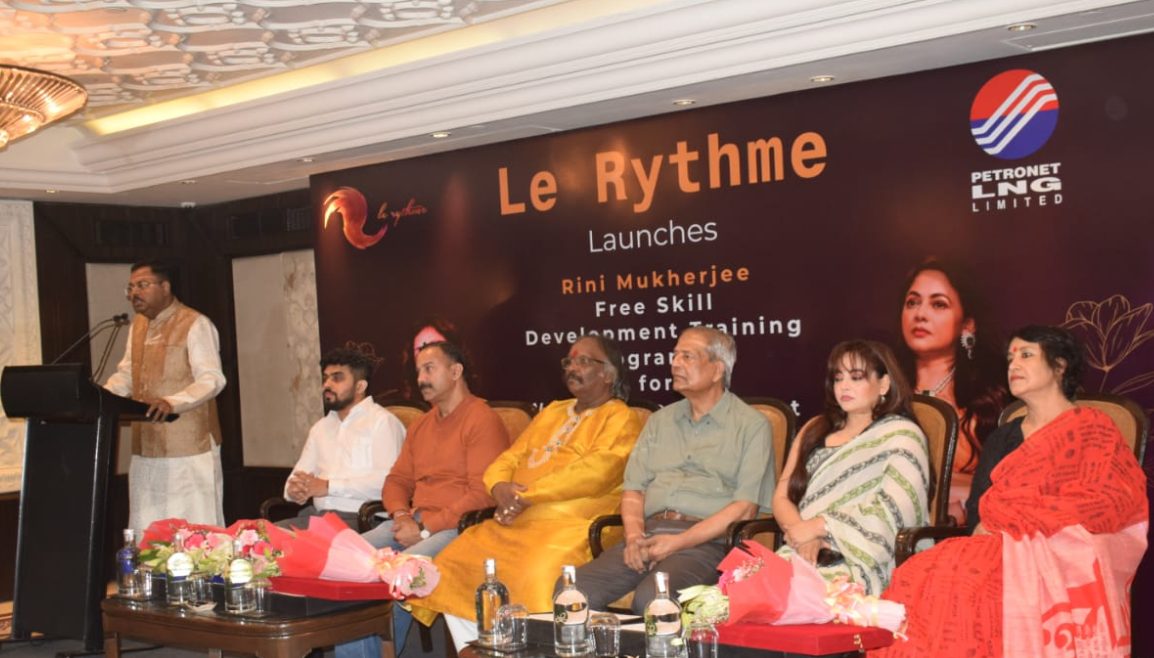
If you’re a two-wheeler owner, you cannot discount the need to invest in good bike insurance. While the insurance world comes with its own jargon, picking the best insurance becomes tough for most of us.
According to the land law, it is mandatory to get the vehicle insured before taking it out on the roads. If you’re ever caught driving/riding an uninsured vehicle, you’ll be subjected to a heavy penalty from the concerned authorities.
Also Read – WARDWIZARD LAUNCHES MADE-IN-INDIA HIGH SPEED E-SCOOTERS
To help people pick the best bike insurance online with minimal to no fuss around, we’ve listed down some of the commonly used terms in a two-wheeler insurance policy with easy-to-understand explanations. So if you’re planning to buy the best bike insurance or just curious to understand the world of Indian two-wheeler insurance, read along with the following jargon with their simple definitions.
- First, Second, & Third Party
While going through any two-wheeler policy document, you will often come across people or the insurance company being addressed as the party(s). To ensure you don’t get confused, it’s best to understand who the first, second, and third party being referred to are in the document. The person insured in the policy and the two-wheeler is known as the first party. The insurance company responsible for issuing the insurance is referred to as the second party. And the person involved in the accident with the first party or the insured is called the third party.
- Add-Ons
Add-ons refer to the extra policy coverage that any policyholder can get in exchange for an additional amount. If you’re buying comprehensive two-wheeler insurance for your bike, you’ll be able to upgrade the policy coverage by purchasing any one or more of the available add-ons.
- Premium
The amount paid to avail of a company’s insurance policy or service is called the premium. It comes with monthly, quarterly, and yearly payment options. In simple terms, whatever amount you’re paying to the insurance company in exchange for the insurance is referred to as a premium.
Also Read: HONDA 2WHEELERS INDIA CELEBRATES INTERNATIONAL WOMEN’S DAY ACROSS INDIA
- Comprehensive Cover
A comprehensive cover refers to the policy covering financial losses caused to both own vehicle/rider and third-party party or property. It is considered a good all-inclusive policy option that offers standard coverage to the insured in terms of accidents, theft, loss due to natural disasters, etc.
- Third-Party Cover
Third-party cover is a reasonably low-cost insurance policy covering only the financial damages caused to any third-party individual or third-party property due to the insured. It should be noted that it doesn’t cover financial losses caused to own vehicles or the insured.
- Insured Declared Value (IDV)
In layman’s terms, your two-wheeler’s Insured Declared Value (IDV) refers to its market value. A vehicle’s IDV is the maximum amount an insurance company will pay the insured if his bike gets damaged beyond repair or stolen. It is calculated by adjusting the manufacturer’s selling price for depreciation according to the vehicle’s age. If you don’t want your two-wheeler to be under-insured, be sure that the insurance company quotes the right IDV.
Also Read: WARDWIZARD REGISTERS SALES OF 30K UNITS OF ELECTRIC TWO-WHEELERS IN FY’22
- No Claim Bonus (NCB)
Consider it as a discount for being a responsible rider. If you don’t file a claim for a year or two in a row, you get a discount in the following year’s premium in the form of a No Claim Bonus (NCB). As the number of claimless years increases, so does the discount percentage.
- Zero Depreciation Cover
Zero dep bike insurance is a form of add-on that insurance companies use to ignore depreciation while calculating the claim settlement amount for the insured bike’s repair or replacement. Suppose you purchase this add-on with your comprehensive policy. In that case, the insurance company will calculate the settlement amount on the actual bike value and not the depreciated value, ensuring a higher claim amount.
- Exclusion
As the term clearly signifies, the word exclusion means excluding something from a policy. It is probably the most essential part of any two-wheeler policy, as this section highlights what is not covered or excluded from the scope of your bike insurance. Whenever you’re buying a two-wheeler, make sure you double-check this section of a policy.
Also Read: HELPFUL FACTS WHEN BUYING A USED CAR ONLINE
- Grace Period
It is a predetermined timeframe within which people can renew their policy by paying a premium. If you forget to pay your insurance premium on the due date, the insurer will give you additional time to pay the same without causing your policy to lapse.
- Personal Accident Cover
A personal accident cover can be viewed as a compulsory add-on mandated by the IRDAI. Under this add-on, the insurance company is expected to give a fixed payout to the insured if he gets disabled or dies due to an accident. This add-on can be purchased with both third-party and comprehensive bike insurance plans.
Simplifying Insurance for Everyone
Jargon or complex words can often make it challenging for people to understand a document clearly, eventually making it tough to make a decision. But if you understand the meaning of these words, making an informed decision becomes a cakewalk. Hence to make things easier for everyone, we’ve covered all the commonly used jargon in a bike insurance policy that you should be aware of. Understanding these terms will make your insurance buying experience smooth and worthwhile.
We haven’t received the payment from the advertiser (HiveMinds Innovative Market Solutions Pvt Ltd). Due to our guest post policy we have removed the post. Sorry for the inconvenience. For latest news and updates visit our home page ";

.jpg)